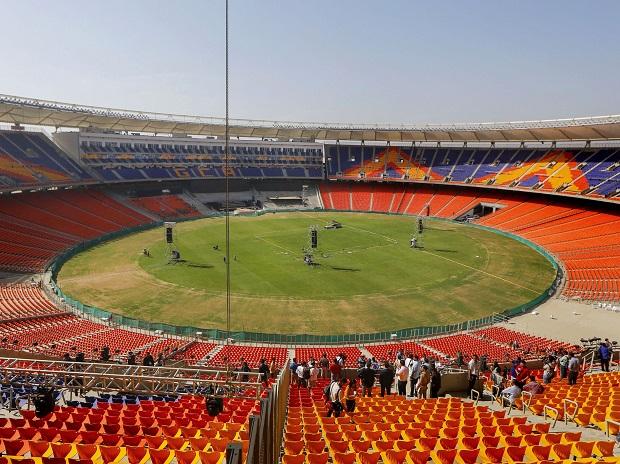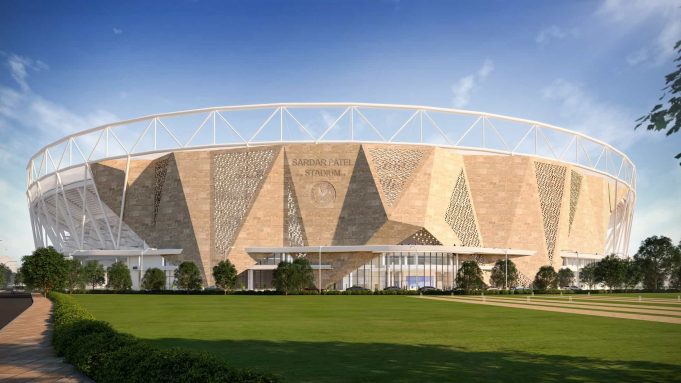Come to think of it. We regard the stadia way less than those who come to play in them. It’s always about the food, not the platter. The speed of the car and the mileage but not the vehicle. In other words, the famous signature monument, not really the architect behind it.
Surely, to the most informed, even if you were to take away the Eiffel Tower, then the likes of Louvres and the very hallmark site of the Sienne would make Paris still every bit worthy of your time and attention. It’s not like in the absence of the great tower, the city would end all of a sudden.
But what does make the world-famous destination for romantics and artists, hopefuls and believers tick is that fanciful sky-rocketing tower.
Less of a concern, of course, then who was the gentleman who put his life into making such a seminal work.
So does a similar truth stand true for the world’s cricketing venues, too? Now that there’s a massive embodiment of architectural beauty amid us, one that’s as big in size as it’s pleasing to the eye, how’s history going to treat the Motera stadium?
While thankfully, none of us can unravel what lies in the future, here’s what we know.
It was not long ago when the Motera Stadium in Ahmedabad decided to go on a sabbatical from hosting cricket matches in 2016. The stadium that had been home to not only 37 international matches but also to records that were made and broken by some of the great cricketing legends, had decided to go for a complete makeover. Also known as the Sardar Patel Cricket Stadium, this was the same stadium where Yuvraj Singh had hit the most iconic four in the World Cup Quarter Finals that took India a step closer to the coveted trophy.
Do you remember that colossal knock? Maybe, yes, maybe not, but then there are innings that are beyond the famous six-hitting strike of the legend MS Dhoni or the unsung Gautam Gambhir’s 97?
What do you think?

If we talk about numbers and not nostalgia, then it pays to know the Motera Stadium took four years to open its gate to the world, only to present itself as the biggest cricket stadium in the world surpassing the famous MCG in Australia.
Massive feat.
This stadium, which had a previous capacity of accommodating approx. 50,000 spectators are now made with an architectural brilliance to accommodate more than 1 lac spectators. Reconstructed with an estimated cost of 8 billion, the world’s largest cricket stadium is spread around a total area of 63 acres and with three entry points.
There are a total of 76 corporate boxes with a seating capacity of 25 each. An Olympic size swimming pool, four dressing rooms, indoor practice pitches, multiple food courts and gymnasiums, a parking area that can accommodate more than 10000 two-wheelers and 3000 cars are a few welcome additions into making this THE stadium India had always dreamt of having. Not only that, unlike other stadiums, but Motera Stadium will also have LED lights installed on the roof instead of the traditional floodlights.
Recently, Donald Trump had visited India to inaugurate the world’s largest cricket stadium which waits in patience to host its first-ever cricket match after the makeover.
The recently constructed stadium has surely positioned India more firmly on the world cricketing map. It’s not too late until we witness some of the most remarkable feats being achieved by the cricketing superheroes in this stadium. It’s not too late until we witness some nail-biting finishes and super-overs, it’s not too late until we wait for cricket to return back to where it always belonged.












